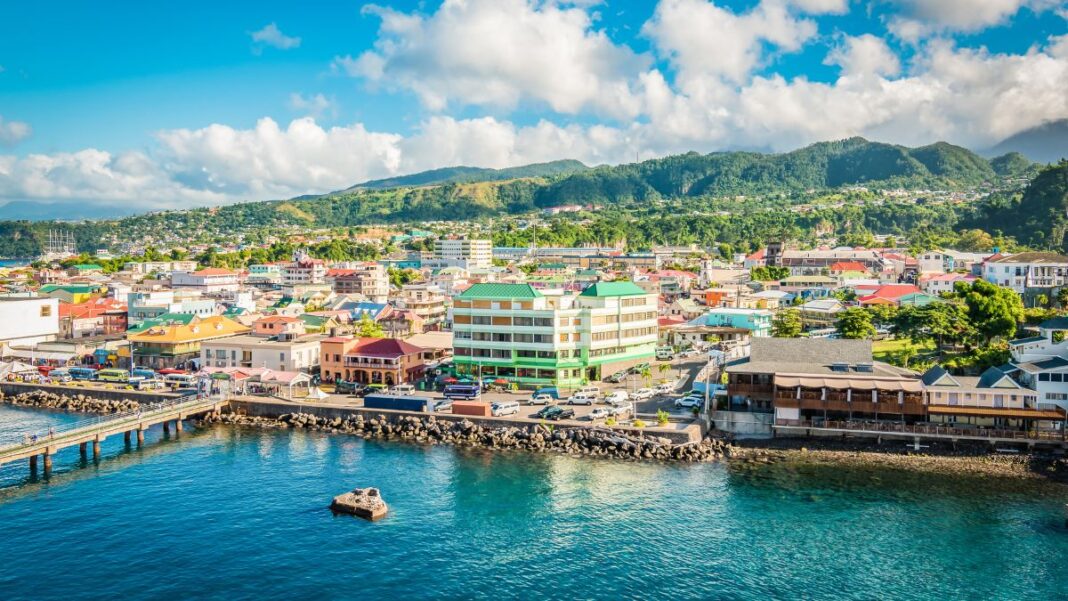Caribbean architecture is as diverse and unique as the islands themselves. The region is home to a wide range of architectural styles and designs that reflect the area’s rich history, culture, and environment. From colonial plantation houses to contemporary structures, the Caribbean’s architecture is a blend of influences from Africa, Europe, and the Americas.
One of the most distinctive features of Caribbean architecture is its use of vibrant colors. Many buildings in the region are painted in bright shades of pink, yellow, blue, and green, adding to the area’s lively and energetic atmosphere. The use of natural materials such as wood, stone, and coral also plays a significant role in Caribbean architecture, as these materials are readily available and help to keep buildings cool in the tropical climate.
Whether you are an architect, designer, or simply someone interested in the built environment, exploring Caribbean architecture is a fascinating and rewarding experience. By understanding the unique styles and designs found in the region, you can gain a deeper appreciation for the history and culture of the Caribbean and the people who call it home.
Historical Influences on Caribbean Architecture
Caribbean architecture is a result of a unique blend of various historical and cultural influences. The architectural styles and designs found in the Caribbean are a reflection of the diverse cultures that have inhabited the region over the centuries. Here are some of the historical influences on Caribbean architecture.
Indigenous Origins
The indigenous people of the Caribbean, the Tainos, had a significant influence on the region’s architecture. They built structures using materials such as wood, palm leaves, and thatch. The Tainos were skilled at constructing buildings that could withstand hurricanes and other natural disasters. Their structures were also designed to be easily dismantled and moved, allowing them to adapt to changing environments.
Colonial Impact
The colonial period had a significant impact on Caribbean architecture. The Spanish, British, Dutch, and French all colonized different parts of the region, leaving their mark on the built environment. The Spanish introduced the use of stone and brick in their buildings, while the British brought Georgian architecture to the Caribbean. The French introduced the use of wrought iron and balconies in their buildings, which can still be seen in many parts of the region.
African Influences
The African diaspora has also had a significant impact on Caribbean architecture. Many enslaved Africans were skilled builders and were responsible for constructing many of the region’s buildings. African influences can be seen in the use of brightly colored paints, intricate carvings, and decorative patterns. The use of verandas and courtyards in Caribbean architecture can also be traced back to African building traditions.
Overall, the unique architectural styles and designs found in the Caribbean are a testament to the region’s rich history and cultural diversity. From indigenous origins to colonial impact and African influences, the built environment of the Caribbean is a reflection of the many cultures that have called the region home over the centuries.
Characteristics of the Caribbean Architectural Styles
Tropical Adaptations
Caribbean architecture is characterized by its ability to adapt to the tropical climate. The hot and humid climate of the Caribbean has influenced the design of buildings in the region. The most prominent feature of Caribbean architecture is the use of open spaces, such as courtyards and verandas, which provide shade and ventilation. The use of louvered windows and doors allows for the flow of air and helps to keep the interior of the buildings cool.
Materials and Construction
The materials used in Caribbean architecture are largely influenced by the availability of resources in the region. Wood, stone, and coral are commonly used in construction. The use of wood in construction is prevalent due to its availability and ease of use. Stone and coral are also used in construction, especially in areas close to the coast. The use of these materials provides durability and helps to keep the buildings cool.
Color and Ornamentation
Caribbean architecture is known for its vibrant colors and ornate designs. The use of bright colors is prevalent in Caribbean architecture, which is influenced by the colorful surroundings of the region. Ornate designs are also a prominent feature of Caribbean architecture, with intricate details and patterns adorning the buildings. The use of decorative elements such as fretwork, shutters, and balustrades is common in Caribbean architecture.
In conclusion, Caribbean architecture is a unique blend of tropical adaptations, materials and construction, and color and ornamentation. The buildings in the region are designed to withstand the tropical climate while also providing a visually stunning aesthetic.
Frequently Asked Questions
What are the defining characteristics of traditional Caribbean architecture?
Traditional Caribbean architecture is characterized by its bright colors, use of natural materials, and unique design features that were influenced by the region’s climate, geography, and cultural heritage. Some of the defining features of traditional Caribbean architecture include high-pitched roofs, verandas, louvred windows, and ornate wooden shutters.
How did colonialism impact the architectural styles in the Caribbean?
The colonial period in the Caribbean had a significant impact on the architecture of the region. European colonizers brought with them architectural styles that were adapted to suit the local climate and conditions. This resulted in the creation of unique architectural styles such as the Caribbean Georgian style, which is characterized by its symmetrical design, tall windows, and decorative features.
In what ways has modern design been integrated into Caribbean architecture?
Modern design has been integrated into Caribbean architecture in various ways. Architects and designers have incorporated modern materials such as steel and glass into traditional designs, resulting in a new style that combines the best of both worlds. Additionally, modern Caribbean architecture often features spacious interiors, open floor plans, and minimalist design elements.
Who are some notable architects from the Caribbean, and what are their contributions?
Several notable architects have made significant contributions to Caribbean architecture. One such architect is Trinidadian-born William Henry Burnley, who designed several iconic buildings in the region, including the Red House in Port of Spain. Another notable architect is Antiguan-born Peter Adolphus McIntyre, who is known for his work on the restoration of historic buildings in the Caribbean.
How is the interior design of Caribbean colonial homes typically characterized?
The interior design of Caribbean colonial homes is typically characterized by its use of natural materials such as wood and stone, as well as its bright colors and ornate details. Furniture in Caribbean colonial homes is often made of wood and features intricate carvings and designs.
What are the distinct features of Caribbean Georgian architecture?
Caribbean Georgian architecture is characterized by its symmetrical design, tall windows, and decorative features. The style is often associated with the colonial period in the Caribbean and is characterized by its use of natural materials such as wood and stone. Notable examples of Caribbean Georgian architecture can be found throughout the region, including in the historic district of Bridgetown, Barbados.

